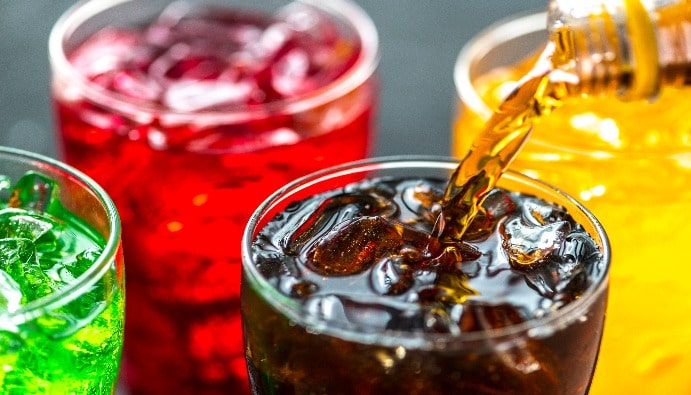
BLOG
KATEGORİDEKİ DİĞER YAZILAR

Food additives are substances that cannot be consumed as food on their own, have no nutritional value on their own, and are used to protect, correct or prevent and correct unwanted changes in the taste, smell, appearance, structure and other qualities of the foodstuff during the production, classification, processing, preparation, packaging, transportation and storage of food.
Food additives; It can be obtained naturally, such as red colorant obtained from beets, or artificially, such as saccharin, which is not found in nature. Each food additive is expressed by a code number determined by the European Union. With this code system, known as E code, additives are classified according to their functions.
Various analysis methods are applied to ensure the correct and safe use of food additives. These analyzes ensure that the correct amounts of additives and their compliance with quality standards are checked.
Chemical Analyses:
Enzyme Linked Immunosorbent Assays (ELISA): Can be used to quickly and reliably detect the presence of allergens and contaminants in additives. For example, ELISA tests can be applied for preservatives such as sodium benzoate.
Optical Methods: Used to study the chemical structure of additives. The chemical composition of colorants is analyzed by spectroscopic techniques.
Mass Spectrometry (MS): A technique used to verify and analyze the chemical composition of food additives.
Nanolab Laboratories Group continues to provide services within the scope of Food Additives Analysis. We also provide services in Counterfeit and Adulteration Analysis.
Contact us for more information.
You can follow us on LinkedIn for up-to-date news and posts about our services.
Follow our Instagram account to be informed about our latest blog posts.